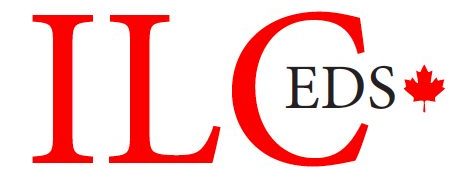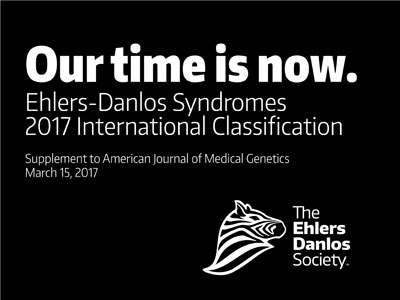Knowledge Base / Ehlers-Danlos Syndromes
Virtual Support Groups
Virtual Support Groups for those with EDS/HSD Offering a safe space to share the challenges & victories of living with EDS/chronic illness. These support groups do not intend to replace individual professional care; a counsellor with lived experience of EDS/chronic illness will facilitate. Advanced registration for each session is required: a link will be […]
Your Questions Answered: Conference 2019
Dr. Pradeep Chopra, Dr. Andrew Maxwell and Dr. Scott Walsh answer questions.
Joint Hypermobility Syndrome or Hypermobility Spectrum Disorder
Hypermobility means your joints are more flexible than other people’s (you may think of yourself as being double jointed). When this causes pain, it might be Joint Hypermobility Syndrome or Hypermobility Spectrum Disorder. See a GP if you: often get pain or stiffness in your joints or muscles keep getting sprains and strains keep dislocating […]
What is EDS?

Ehlers-Danlos Syndromes (EDS) are a group of rare inherited conditions that affect connective tissue. Connective tissues provide support in skin, tendons, ligaments, blood vessels, internal organs and bones. There are several types of EDS that may share some symptoms. These include: an increased range of joint movement (joint hypermobility) stretchy skin fragile skin that breaks or […]
Diagnostic, Emergency & Anesthetic Precautions
The ILC is committed to providing world renown multidisciplinary specialists that have presented on their respective areas of expertise. Information shared in theses presentations can help you and your primary care provider to form questions to ask specialists or therapists on potential diagnoses, and/or types of treatments and therapies that can help you have an […]
2017 EDS International Classification

In the last decade, growing attention has been placed on joint hypermobility and related disorders. The new nosology for the Ehlers-Danlos syndromes (EDS), identifies 13 different types of EDS, and highlights the need for an updated and more reliable criteria. For the first time management and care guidelines have also been produced for the co-morbidities […]

